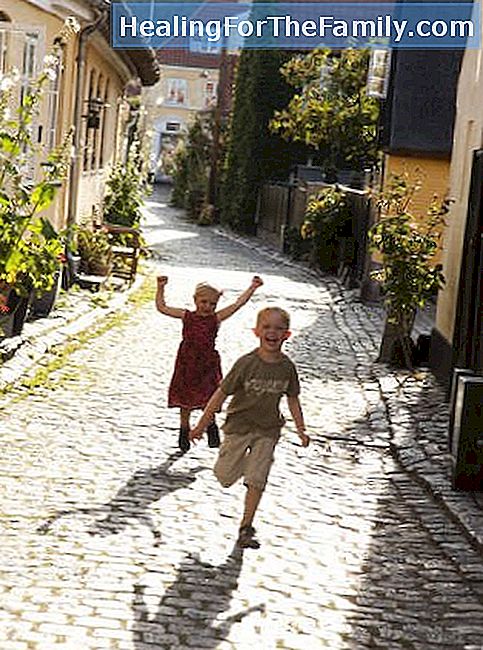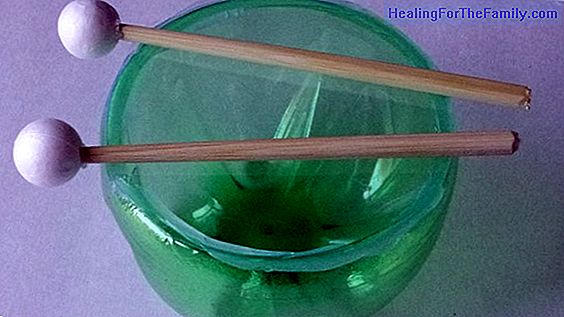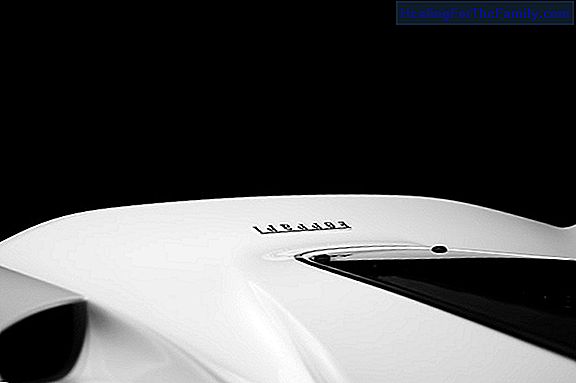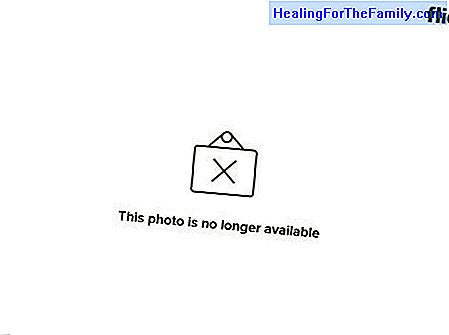Tips for traveling to Copenhagen as a family
Copenhagen is a charming city, a fantastic destination for family vacations with children. Cafes with terraces, design boutiques, magnificent parks and cozy streets make up the attractions of the Danish capital. Plan your trip with children to Copenhagen based on their climate, their customs or sche
Copenhagen is a charming city, a fantastic destination for family vacations with children. Cafes with terraces, design boutiques, magnificent parks and cozy streets make up the attractions of the Danish capital.
Plan your trip with children to Copenhagen based on their climate, their customs or schedules. Check the documentation you will need for your trip, what currency is used in Denmark or what language is spoken. Enjoy Copenhagen to the fullest.
Tips before traveling to Copenhagen

Climate in Copenhagen
The climate of Copenhagen is very variable throughout the year. The winter is cold and rainy, as befits Scandinavia and the northern region of Europe. During the colder months temperatures below freezing, snowfall and frost are common.
Spring is generally pleasant in Denmark, but very variable. It is common to enjoy a sunny day with temperatures of about 10 or 15ºC and the next day to turn to a cold weather with copious rains.
During the summer there may also be rainy days, but the days are more frequent when the temperatures are mild and pleasant. There may be days of very high temperatures, close to 30ºC but it is not the predominant tonic. The average temperature in July, the warmest month in Copenhagen, is around 16ºC.
Autumn in Copenhagen is characterized by its windy, rainy and cold character.
What to bring in your suitcase to Copenhagen
Logically, the suitcase of your trip to Copenhagen will depend entirely on the time of year you choose to go. A good time to visit Denmark is summer, when the Danes fill the terraces of the cafes and restaurants, stroll through the harbor and enjoy the charming Tivoli.
If you decide to go in this time, wear comfortable clothes but do not forget some sweaters for the nights and the milder days. The umbrella is not a must, but it will come in handy. Comfortable shoes, sunglasses and cream with sunscreen can not miss in a suitcase for children.
If, on the other hand, you want to see a Copenhagen colored by white snow, to visit the charming Christmas markets and live the winter atmosphere of Denmark, do not hesitate, and wear the best possible warm clothing. You will need it.
Do not forget that inside the premises, the heating usually increases the temperature by 20ºC with respect to the outside, so be prepared also for it.
Copenhagen business hours
Copenhagen is a city with typically European hours.
Many restaurants in Denmark stop serving meals at 2:30 p.m. and dinners at around 10 p.m., so do not get distracted.
The opening hours of most shops and stores are from Monday to Saturday from 10:00 a.m. to 5:30 p.m., except on Fridays that close later - around 7:00 p.m. or 8:00 p.m. Saturdays only open until 1:00 p.m. or 2:00 p.m.
Banks open Monday to Friday from 9:30 a.m. to 4:00 p.m., but on Thursdays they extend their schedule until 6:00 p.m.
The currency of Denmark
The euro is not the current currency of Denmark since, despite being a European country, it does not belong to the Eurozone. The official currency of Denmark is the Danish Krone, divide by 100 øre. Its code is DKK and it is usually abbreviated as kr.
The Danish crowns in circulation are: 50, 100, 200, 500 and 1,000 Danish crowns. The coins in progress are: 50 øre, 1, 2, 5, 10 and 20 crowns.
You can exchange currency before traveling to Denmark or, once there, in banks and in establishments used to exchange currency. It is also possible to pay by credit card throughout the country and with travelers checks in many establishments.

Language of Denmark
The official language of Denmark is Danish, one of the most difficult languages in the world, according to popular wisdom
However, it is not necessary to know Danish to understand each other perfectly in Denmark, since its inhabitants do well in English.
Plugs and electricity in Denmark
The electric current in Copenhagen is 220 volts, as in most of Europe. As for the plugs, most are two rounded pegs, like those used in Spain.
Medical Assistance and Police
Health care is not free in Denmark, so it is preferable that you contrasts travel insurance, even if it is only for a few days.
When traveling with children it is best to take all precautions.
If you are European, take your European Health Card and, in case you need health assistance, the same reduced rates will apply.
For medical emergencies you can call 33 936300 or 112, which is the European emergency number, also valid for fire and police service.
Documentation and visas to travel to Denmark
To travel to Stockholm, it is sufficient to carry the valid ID card, if the travelers are citizens of the European Union.
Otherwise, check with the Danish embassy of your country how to apply for the corresponding visa.
Holidays in Denmark
- January 1 (New Year)
- Holy Thursday
- Good Friday
- Easter Monday
- Ascension of Jesus Christ (The sixth Thursday after Easter)
- Monday of Pentecost (The seventh Monday after Easter)
- 5 of June: Danish Constitution Day
- December 25: Christmas
- December 26: Saint Stephen
- December 31: New Year's Eve












